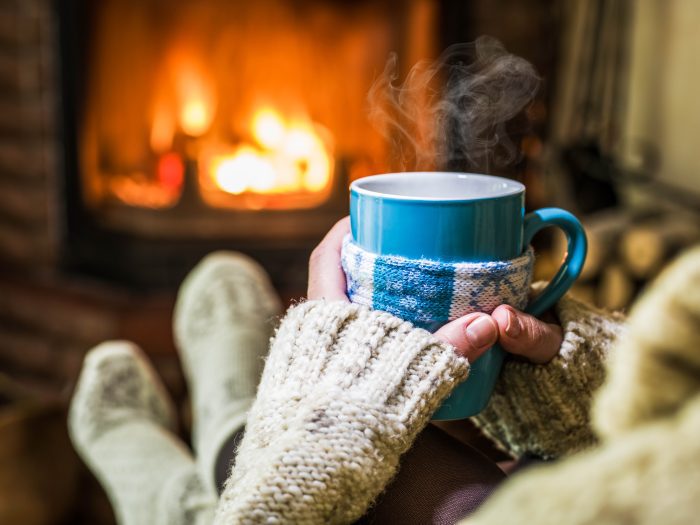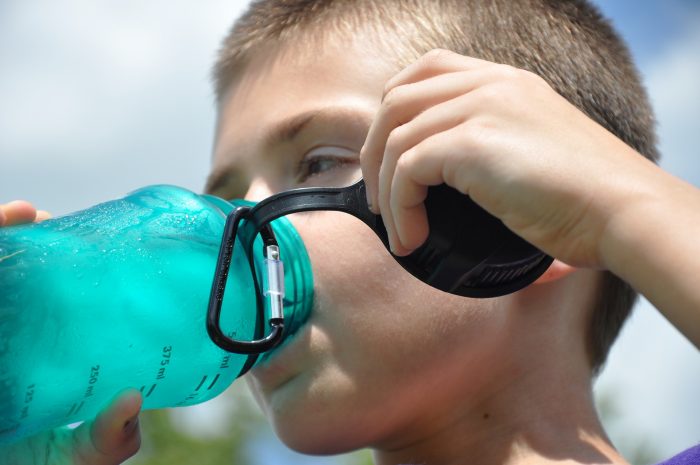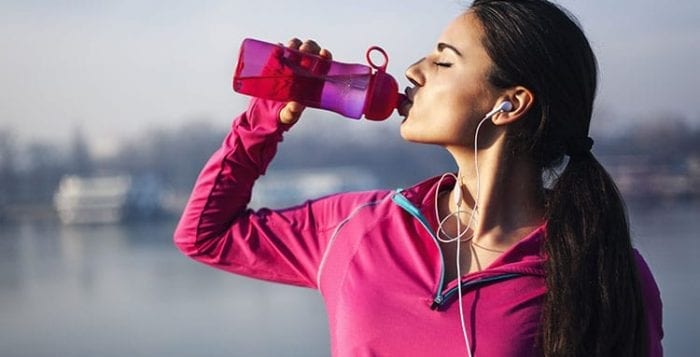Improve fatigue, mood, headaches and itchy skin
By David Dunaief, M.D.

Brrr! It’s been super cold this winter, and heating systems have been in overdrive. All the dry heat pumping into our homes, offices and cars can have a dehydrating effect on our bodies. Symptoms of dehydration can range from itchy skin and constipation to fatigue, mood changes and headaches. Our dry throats and sinuses can also make us uncomfortable and more susceptible to irritations and viruses. More serious complications of dehydration can include migraines, heart palpitations and heart attacks.
Let’s look at techniques for improving hydration and reducing the symptoms and consequences of all this dry air.
Improve ambient humidity
Measure the humidity level in your home with a hygrometer and target keeping it between 30 and 50 percent (1). When the temperature outside drops below 10 degrees Fahrenheit, lower this to 25 percent. You can add moisture to the air in several ways. Use cool mist humidifiers, keep the bathroom door open after you shower or bathe, and place bowls of water strategically around your home, including on your stovetop when you cook or on radiators. If you use humidifiers, take care to follow the manufacturer’s care instructions and clean them regularly, so you don’t introduce mold or bacteria into the air.
Reduce headaches and migraines
A review of studies found that those who drank four cups or more of water had significantly fewer hours of migraine pain than those who drank less (2). Headache intensity decreased as well.
Decrease heart palpitations
Heart palpitations are common and are broadly felt as a racing heart rate, skipped beat, pounding sensation or fluttering. Although they are not usually life-threatening, they can make you anxious. Dehydration and exercise contribute to this (3). Palpitations can be prompted when we don’t hydrate before exercising. If you drink one glass of water before exercise and continue to drink during exercise, it will help avoid palpitations.
Lower your heart attack risk
The Adventist Health Study showed that men who drank more water had the least risk of death from heart disease (4). Group one, which drank more than five glasses of water daily, had less risk than group two, which drank more than three. Those in group three, which drank fewer than two glasses per day, saw the lowest benefit, comparatively. For women, there was no difference between groups one and two, although both fared better than group three. The reason for this effect, according to the authors, may relate to blood or plasma viscosity (thickness) and fibrinogen, a substance that helps clots form.
Resolve decreased concentration and fatigue
Mild dehydration resulted in decreased concentration, subdued mood, fatigue and headaches in women in a small study (5). Dehydration was prompted by walking on a treadmill and taking a diuretic (water pill) prior to the exercise. Results were compared to a control group that did not take the diuretic. The authors concluded that adequate hydration was needed, especially during and after exercise.
Consume hydrating foods

How much water you need to drink depends on your diet, activity levels, environment and other factors. In a review article, researchers analyzed the data, but did not find adequate studies to suggest that eight glasses a day is a magic number (6). It may be too much for some patients.
You can increase your hydration by altering your diet. Diets with a focus on fruits and vegetables increase water consumption (7). As you may know, 95 percent of the weights of many fruits and vegetables are attributed to water. An added benefit is an increased satiety level without eating calorically dense foods.
In a review, it was suggested that caffeinated coffee and tea don’t increase the risk of dehydration, even though caffeine is a mild diuretic (8). With moderate amounts of caffeinated beverages, the liquid in them has a more hydrating effect than its diuretic effect. Remember that salty foods can dehydrate you, including soups, breads and pastries, so try to avoid these.
It is important to stay hydrated to avoid uncomfortable — and sometimes serious — complications. Diet is a great way to ensure that you get the triple effect of high nutrients, increased hydration and sense of feeling satiated without calorie-dense foods. However, don’t go overboard with water consumption, especially if you have congestive heart failure or open-angle glaucoma (9).
References:
(1) epa.gov (2) Handb Clin Neurol. 2010;97:161-72. (3) my.clevelandclinic.org. (4) Am J Epidemiol 2002 May 1; 155:827-33. (5) J. Nutr. February 2012 142: 382-388. (6) AJP – Regu Physiol. 2002;283:R993-R1004. (7) Am J Lifestyle Med. 2011;5(4):316-319. (8) Exerc Sport Sci Rev. 2007;35(3):135-140. (9) Br J Ophthalmol. 2005:89:1298–1301.
Dr. David Dunaief is a speaker, author and local lifestyle medicine physician focusing on the integration of medicine, nutrition, fitness and stress management. For further information, visit www.medicalcompassmd.com or consult your personal physician.







